Attracting Hummingbirds with Annual Flowers
Hummingbird Haven in the Greenhouse
In the spring, Hummingbirds fly thousands of miles northward from Mexico, Costa Rica, and other southern places to visit the United States and Canada. In the fall, they return to their southern homes.
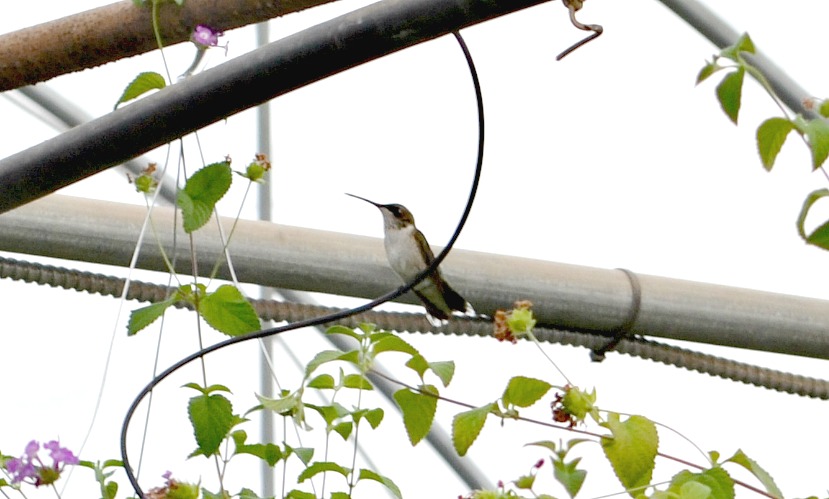
Named for the humming sound made by their wings in flight, these birds are renowned for their small size, amazing energetic feats, and iridescent beauty.
In North America, the greatest number and variety of hummingbirds can be found in western areas of the United States. Typically however, only the Ruby-throated Hummingbird is found east of the Mississippi.
The birds fly nonstop 600 miles across the Gulf of Mexico during migration. They return in the spring and move northward, following the blooming of early-season flowering plants. In North Carolina we see them from early April to mid-October.
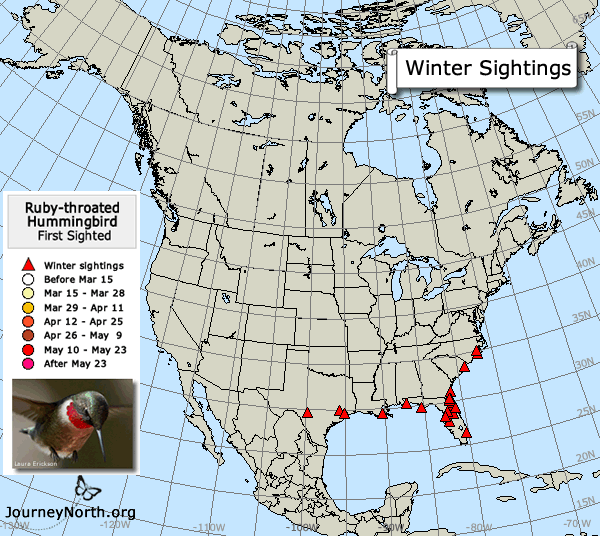
By late July, when a second round of ruby-throated fledglings emerge from their nests, North Carolina’s hummingbird population is at its annual peak, which lasts about a month before the males are no longer in breeding mode and they begin migrating south.
Males migrate ahead of females because they are territorial and eager to stake out their space for the winter season. Similarly, in spring, males are the first to return to North America, with the females 10 days or more behind them.
Hummingbirds live on flower nectar and insects, supplemented by food from hummingbird feeders. Nectar from plants and flowers is the best source, because it contains nutrients that sugar-water solutions do not.
Hummingbird Friendly Habitat
For centuries, gardeners have been fascinated with the beauty and aerobatics of hummingbirds. The key to attracting hummingbirds to your yards and gardens is to plant lots of flowers in order to provide the habitat that will give them shade, shelter, food, water, and security. In a nutshell, they prefer areas where they can find nectar-bearing flowers, with trees and shrubs nearby for shelter and perching.
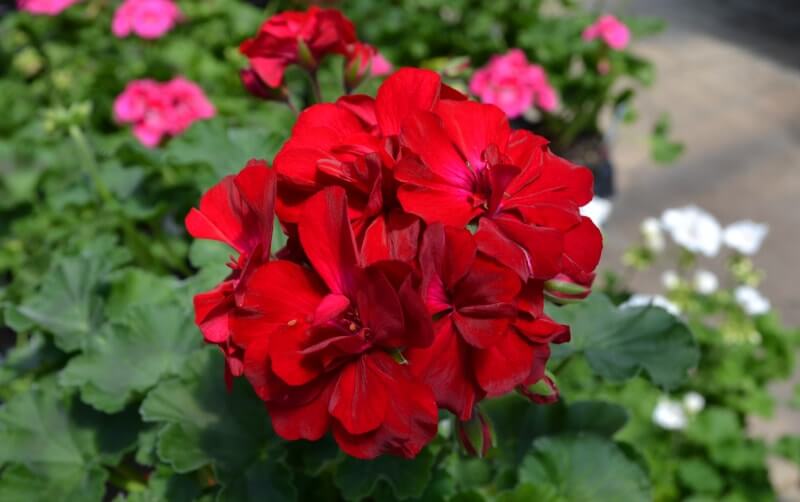
Hummingbirds are specially adapted for eating nectar from flowers. They have long beaks and long tongues for consuming the nectar. The tiny birds can maneuver easily around flowers because they fly backward as well as forward and can hover in midair. This hovering ability makes it easy for them to feed from flowers. So, be sure to provide lots of space between plants to give hummingbirds enough room to hover and navigate from flower to flower.

Hummingbirds get nectar from plants, and plants get pollinated by hummingbirds. When the birds feed from flowers, they brush against them, and the pollen sticks to their heads and throats. While bees and other insects also pollinate plants in this way, some plants have evolved so that hummingbirds are their main pollinators. Such flowers tend to have petals joined into long tubes and long stamens (the part of the plant that holds the pollen). Stamens are arranged in such a way as to brush against the hummingbird when it feeds on the nectar.
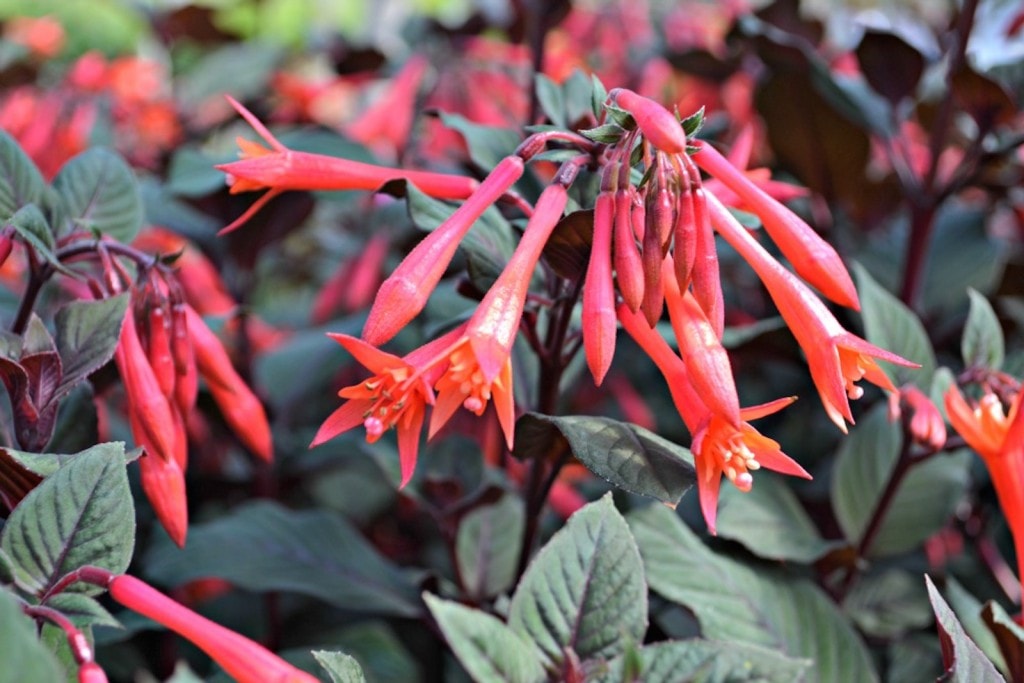
Hummingbirds do not have a keen sense of smell and rely on the bright colors of flowers. The preferred hummingbird flowers are red, orange, and pink in color, but the birds eat nectar from flowers of most colors. They are particularly fond of red and are often observed investigating feeders with red parts and even red clothes on a gardener. Brightly-colored flowers that are tubular hold the most nectar, and are particularly attractive to hummingbirds.
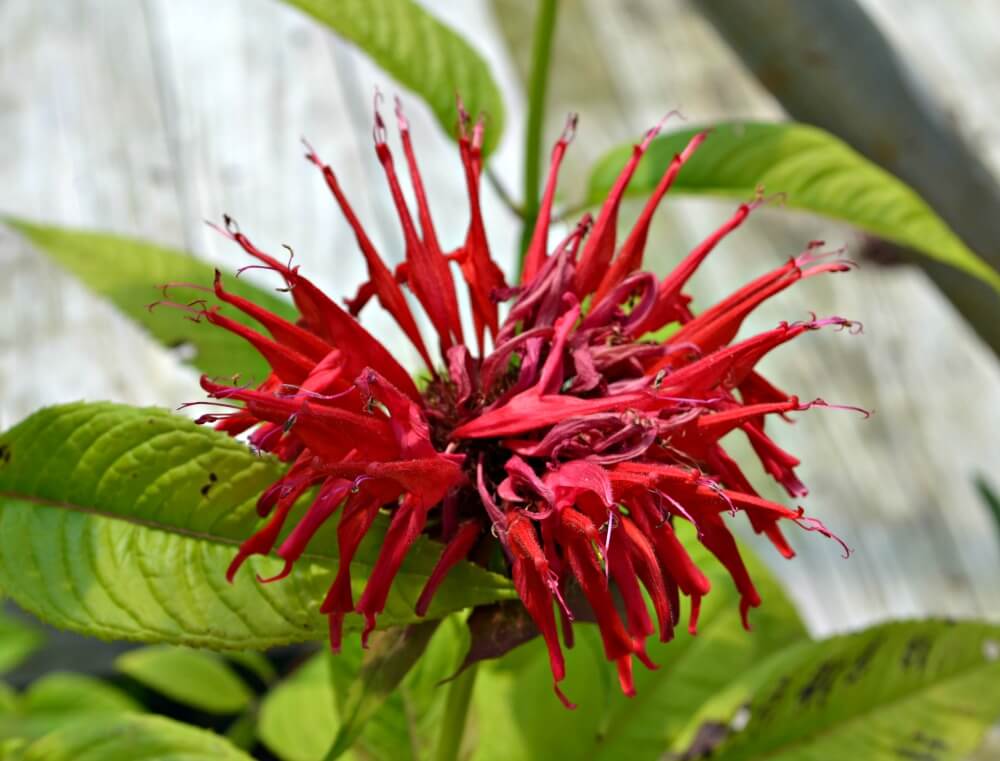
These include perennials such as bee balms, columbines, daylilies, and lupines; biennials such as foxgloves and hollyhocks; and many annuals, including cleomes, impatiens, and petunias.

Below is a list of Annuals & some Perennials through our Greenhouse at Fairview Garden that can be incorporated into your garden and yards for attracting Hummingbirds.
- Coral Bells (Heuchera)
- Dahlia
- Fuchsia
- Geranium
- Impatiens
- Lily
- Mandevilla
- Mona Lavender (Plectranthus )
- Nasturium
- Petunia
- Pentas
- Phlox
- Scarlet sage (Salvia splendens)
- Snapdragon
- Spider flower (Cleome)
- Verbena
- Zinnia




